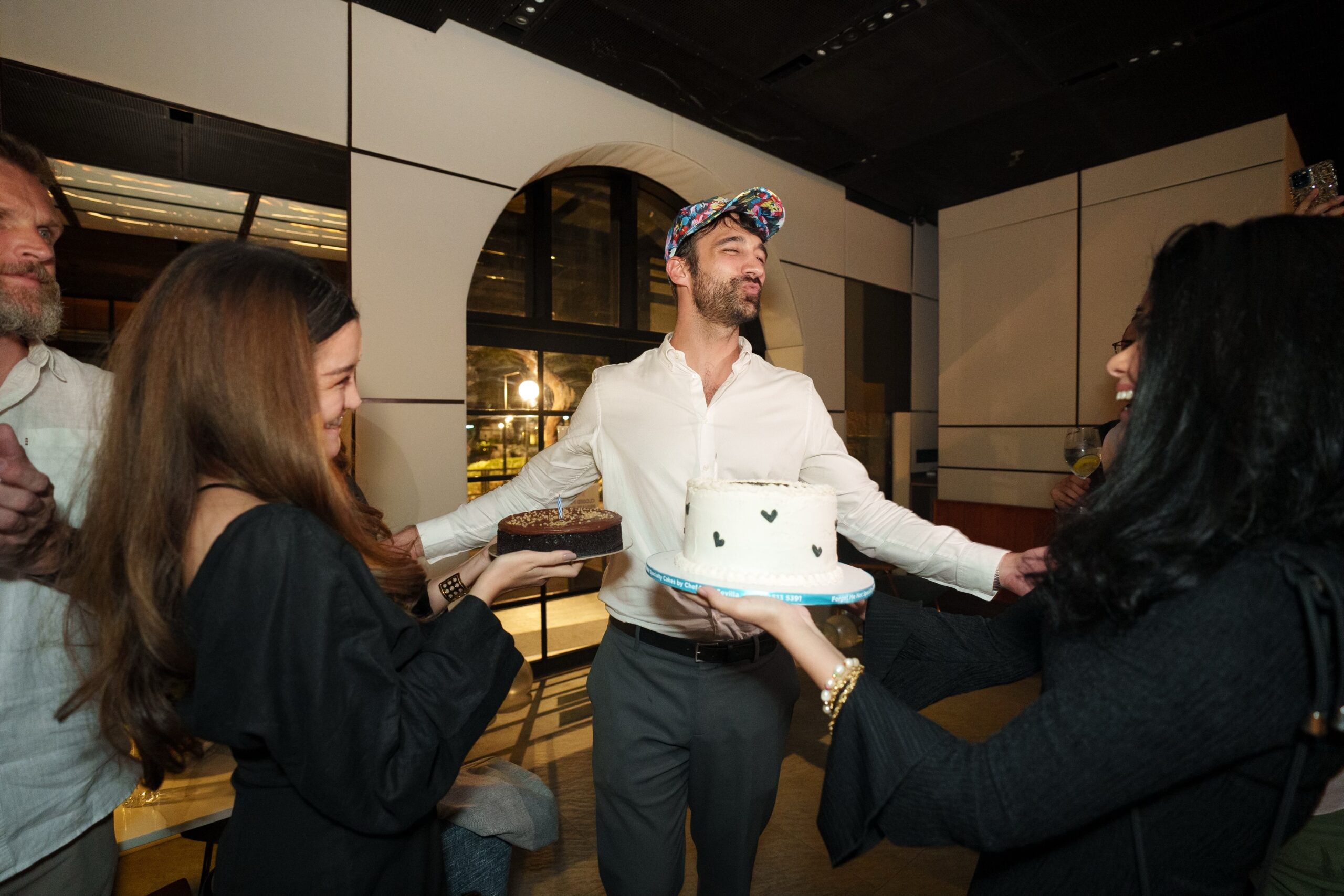How do you wear the malong, that patterned long tubular piece of fabric found in Southeast Asia?
To Filipino-Canadian choreographer Alvin Erasga Tolentino, the malong isn’t just a multitasking garment. His 45-minute piece “Malong Tapestry” showed how the clothing can be an impetus in hanging dynamics of human relationships.
Tolentino’s ensemble, the eponymous Co. Erasga Dance, had just been on its fifth Philippine tour. “Malong Tapestry” reflected his interest in tribal traditions and artwork, particularly how the malong transcends its use the mundane to mystic.
The choreographer merged with contemporary movements the conventional uses of the malong—as a blanket, a screen, turban, bag, hammock, bed spread, cover, fan, banner; and how it is worn—tucked, knotted, sashed, folded, draped .
The dance established a community of dancers who broke out into groups. A couple used the malong to screens as if playing a game of concealing and revealing certain aspects of themselves. A trio used the malong to create interesting shapes. A quartet of women chanted.
Sometimes the dancers formed an informal circle resembling observers watching the main action at centerstage.
The choreography progressed into a flurry of activities as malongs sailed with the wind. Suddenly a man dropped to the floor. Dancers flung the malongs to cover the body, layer after layer. There were moments of flurry and stillness.
In the end, the man rose up with head bowed, covered with malongs. The faceless dancer walked back and slowly removed each malong from his body. The act symbolized the removal of layers that hid the identity of the dancer.
“Malong Tapestry” incorporated postmodern dance vocabulary, mudras or oriental hand gestures, martial arts and organic movements. Instead of looking like an exotic fashion show featuring the malong, the choreography was a spectacle of highly developed technique.
Unlike contemporary Asian dance companies which typically exude an exotic feel, Co. Erasga’s mix of Caucasian and Asian dancers resulted in a dance of abstract bodies looking into Asian ideas.
Local companies can learn from Co. Erasga. Tolentino made his works accessible by performing in pocket shows in the metropolis—Manila, Bonifacio Global City, Makati, Mandaluyong and Quezon City. This creates a wider and new audience that can’t always go to the Cultural Center Complex or University of the Philippines.
Tolentino was lucky to get support from the Canadian Council of the Arts, the Canadian government, grants and donors. The funding allows him to be creative and bring his works on tour. —CONTRIBUTED









































